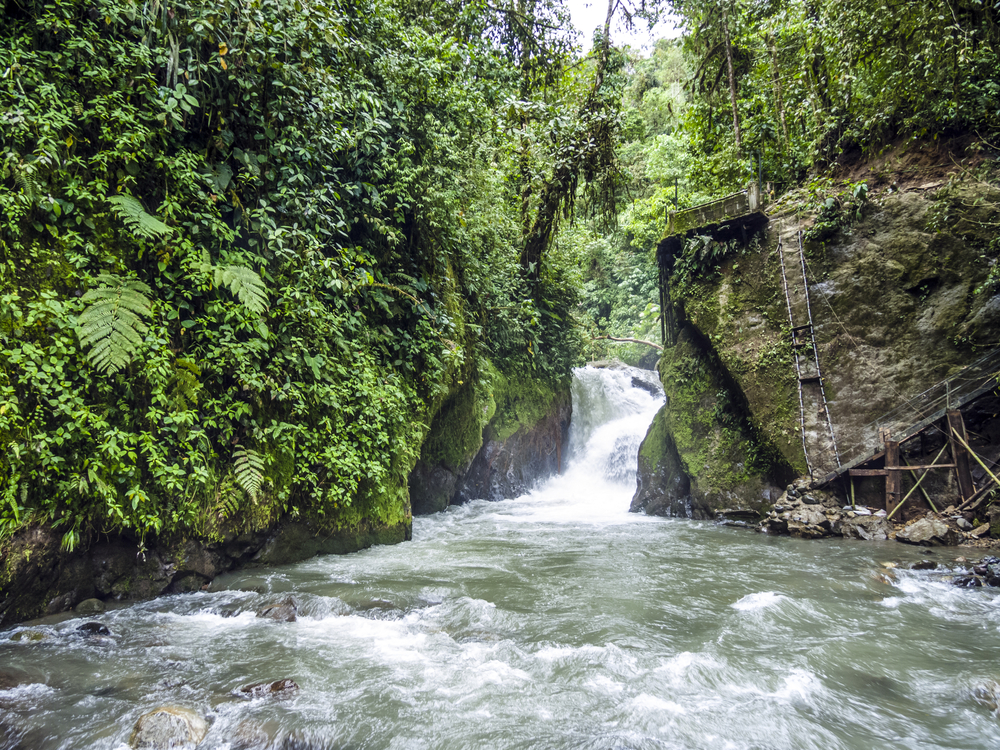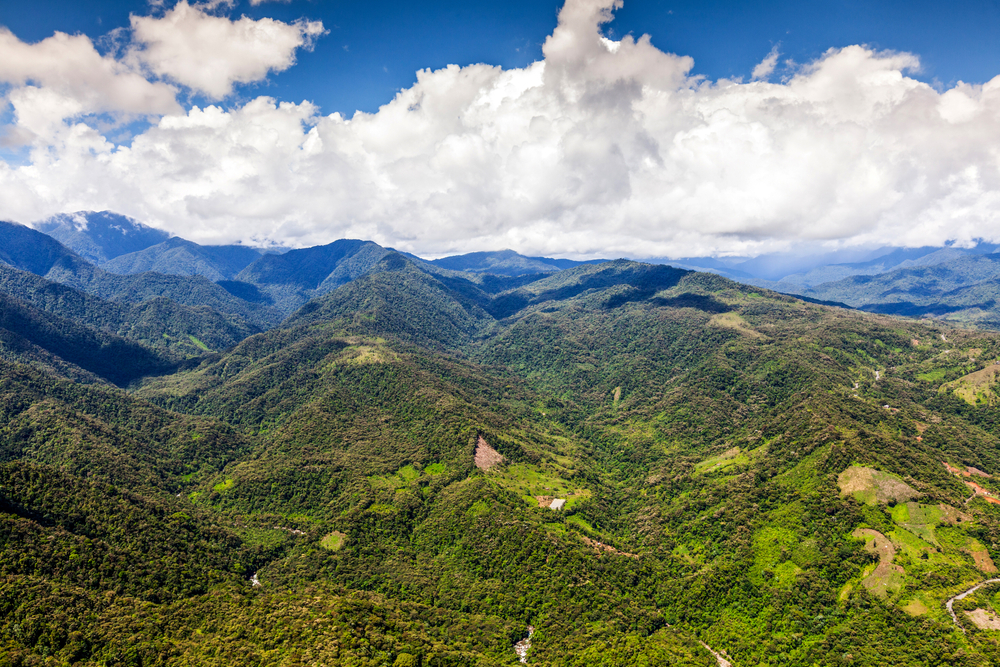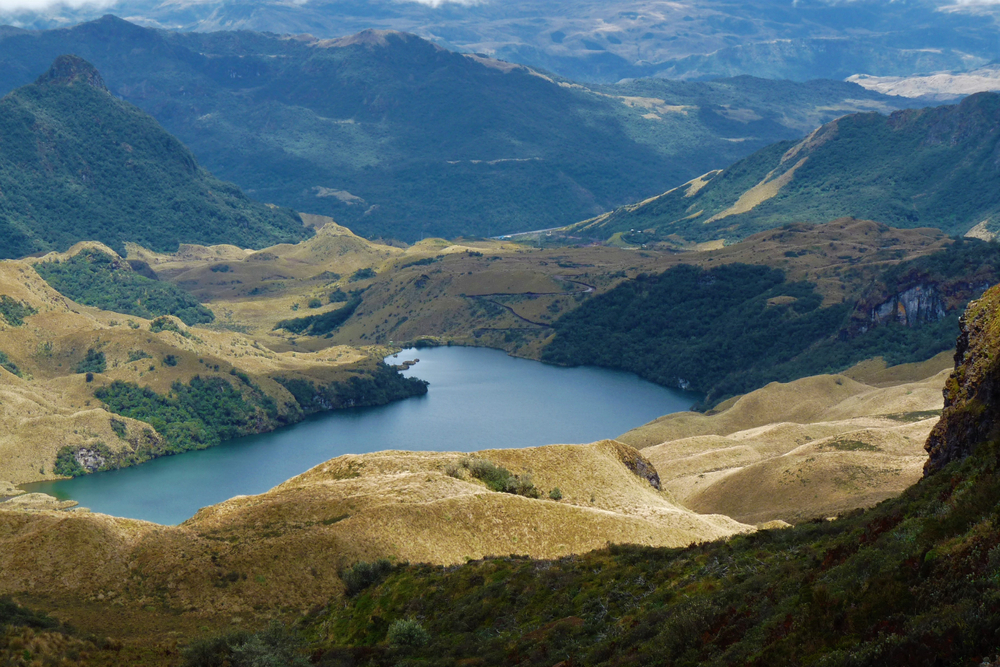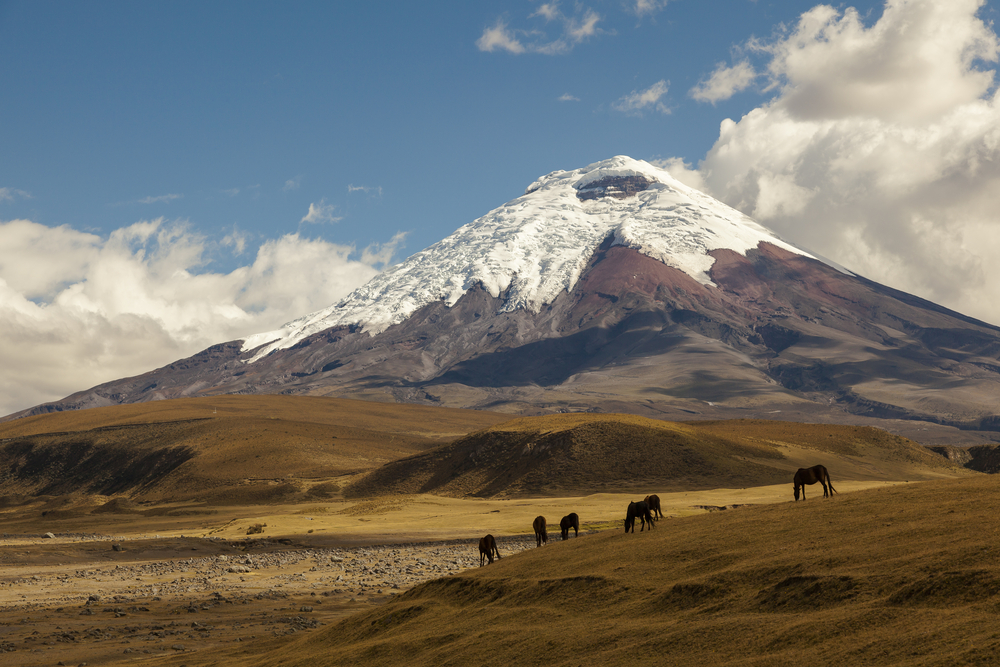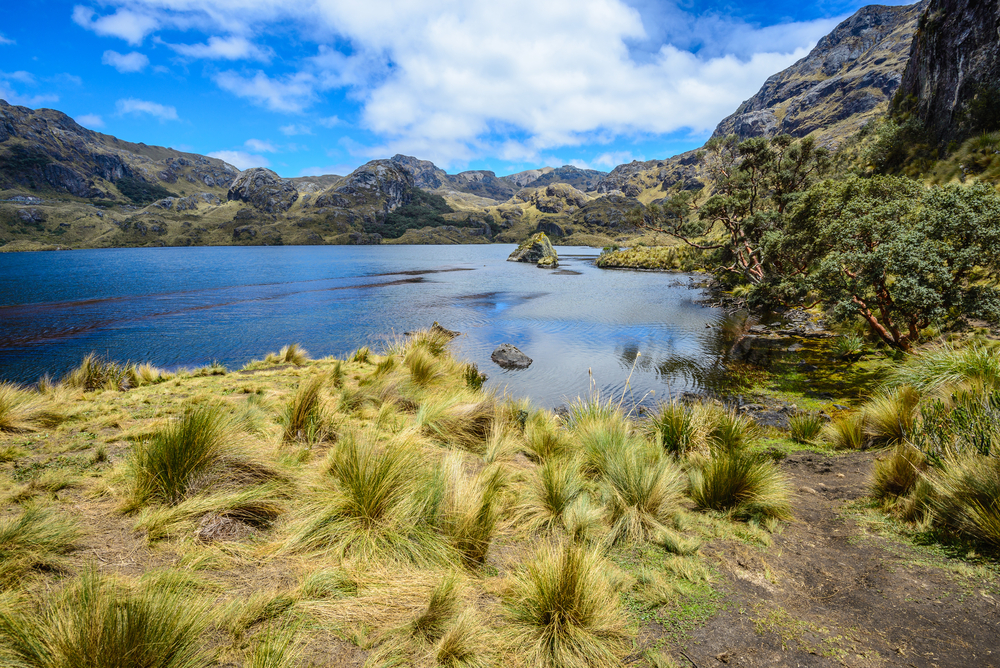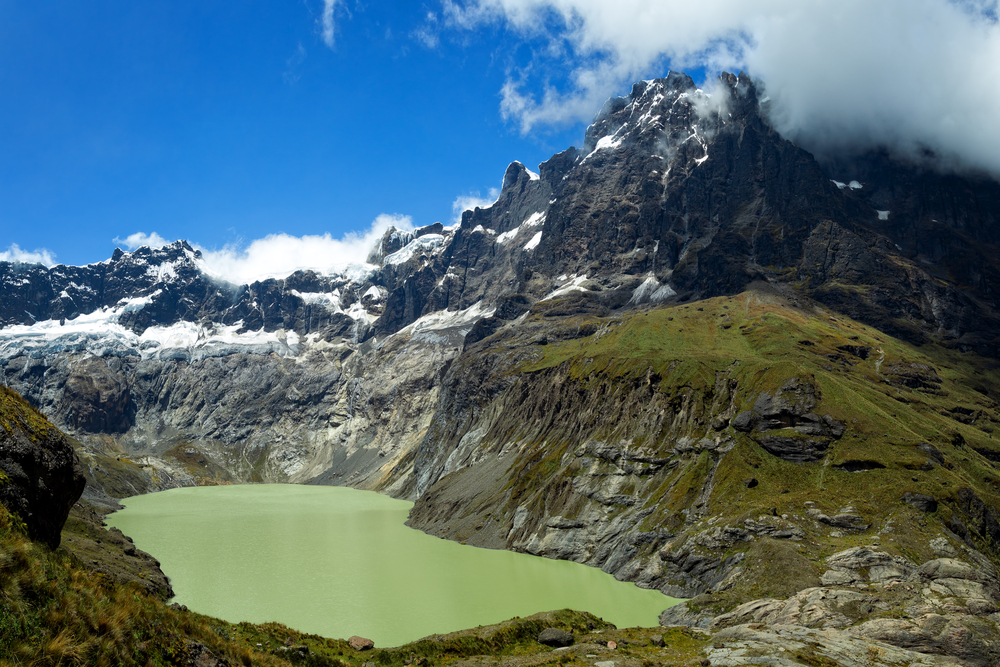Sumaco Napo-Galeras Overview
Sumaco Napo-Galeras National Park, known as Parque Nacional Sumaco Napo-Galeras in Spanish, is a vast protected area in Ecuador, covering approximately 2,030 square miles (5,260 square kilometers).
Situated in the eastern Andes and extending into the Amazon Basin, the park is known for its remote and pristine wilderness, featuring an impressive variety of landscapes, from high-altitude cloud forests to lowland rainforests. It is located in the provinces of Napo and Sucumbíos, encompassing one of the least-explored regions of the country.
The park’s centerpiece is Sumaco Volcano, a stratovolcano rising to 12,411 feet (3,783 meters) above sea level, standing isolated from the main Andean range. Unlike many other Ecuadorian volcanoes, Sumaco is heavily forested, with its slopes covered in dense vegetation that transitions into tropical rainforests at lower elevations. The park also includes the Galeras mountain range, which adds to the area’s dramatic terrain.
The landscape within the park varies greatly due to its range of elevations. The upper regions feature montane forests shrouded in mist, filled with moss-covered trees, bromeliads, and orchids. As the elevation decreases, the park transitions into humid lowland rainforests, home to towering ceiba and mahogany trees.
Numerous rivers and waterfalls cascade through the park, including those that feed into the Napo River, a major tributary of the Amazon. The park’s terrain is rugged, with steep hills, deep valleys, and hidden caves, making it one of the most biologically diverse yet least accessible protected areas in Ecuador.
Sumaco Napo-Galeras National Park supports an extraordinary array of wildlife, making it a prime location for biodiversity conservation. The park provides a habitat for elusive large mammals, including jaguars, pumas, spectacled bears, and tapirs.
It is also home to primates such as woolly monkeys, howler monkeys, and capuchins, which are often heard calling through the dense canopy. Birdlife is especially abundant, with more than 500 recorded species, including the striking Andean cock-of-the-rock, the endangered military macaw, and various species of toucans and tanagers. The park is also known for its high diversity of amphibians, with several species of frogs found only in this region.
Among the most popular features of the park is Sumaco Volcano itself, which attracts adventurous hikers and mountaineers seeking an off-the-beaten-path experience. The trails leading to the volcano are challenging, often requiring days of trekking through dense forest and rugged terrain.
Along the way, visitors encounter unique ecosystems, with changing vegetation as they ascend. The park also offers excellent opportunities for birdwatching, particularly in the cloud forests, where rare and endemic species can be spotted.
The rivers and waterfalls provide serene spots for relaxation, photography, and nature observation. Since much of the park remains unexplored, it is a paradise for scientists, researchers, and ecotourists looking for an authentic and untouched natural environment.
Sumaco Napo-Galeras National Park faces conservation challenges, primarily due to illegal logging, agricultural expansion, and the threat of mining activities in surrounding areas. The remoteness of the park has helped protect much of its ecosystem, but encroachment from human activities poses a risk to its biodiversity.
However, conservation efforts have been successful in maintaining a large portion of the park’s pristine nature. It is part of UNESCO’s Sumaco Biosphere Reserve, which promotes sustainable development and biodiversity conservation.
Ecotourism initiatives and local community involvement in conservation projects have helped raise awareness about the importance of protecting this unique landscape. Continuous efforts from national and international organizations aim to preserve the park’s ecosystems while promoting responsible tourism and environmental education.








































































